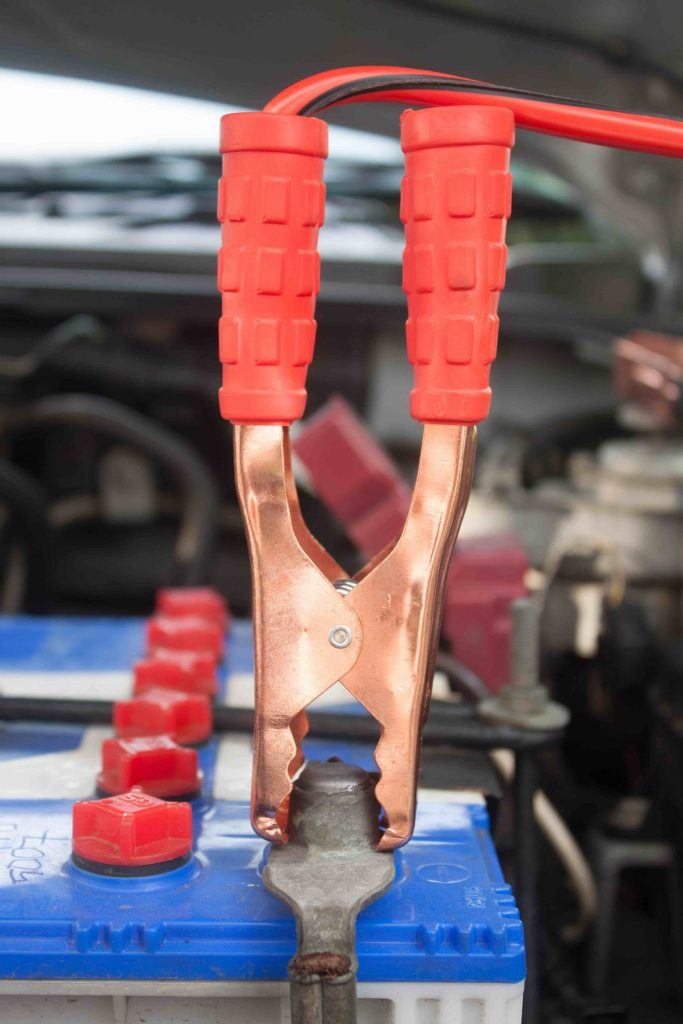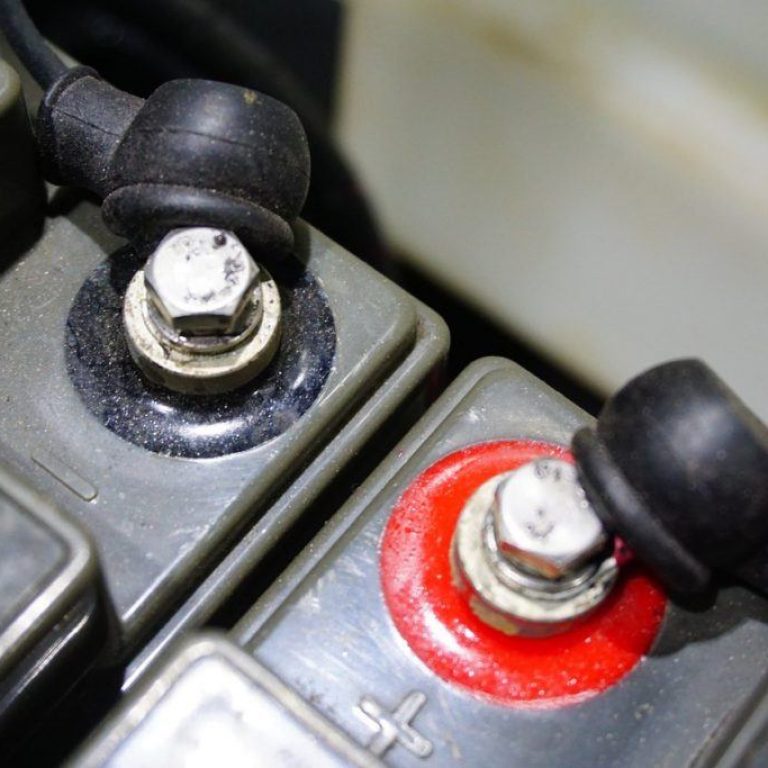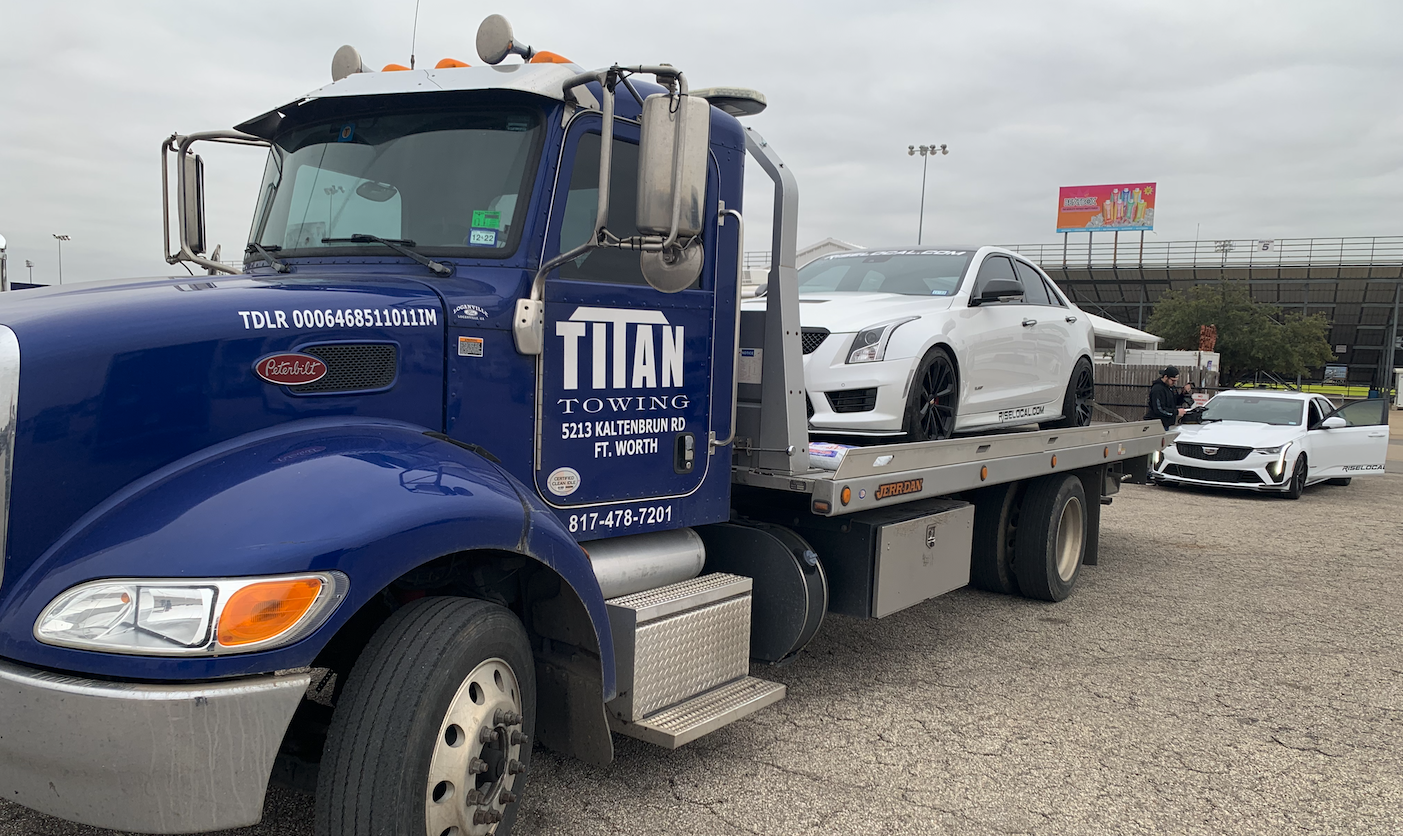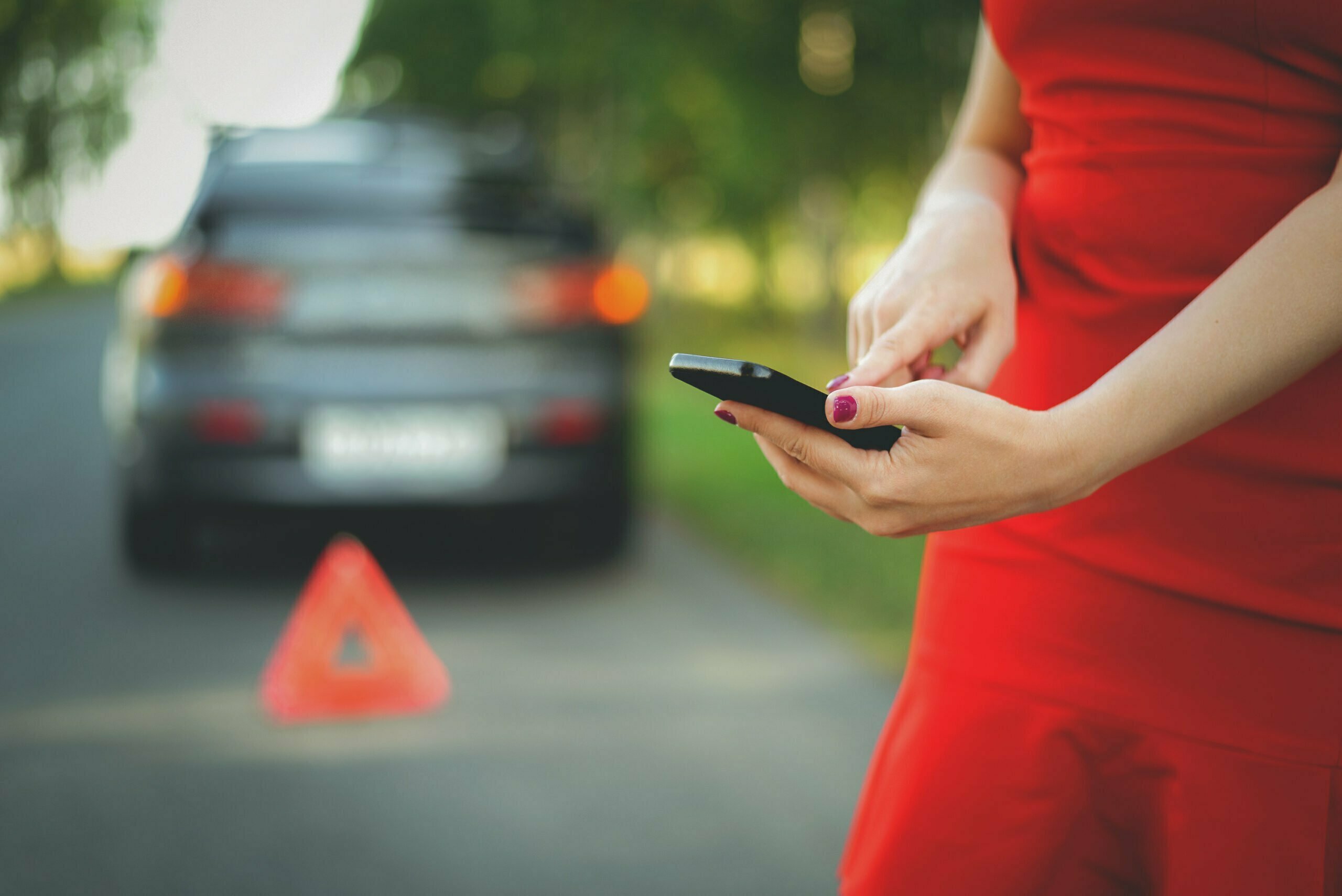We get it; trouble happens. Whether you left your lights on or straight-up left your car running all night (which happens more than you’d expect), your battery is now dead. However, if you’re a safe driver prepared for instances like this, you keep emergency equipment in your trunk—and jumper cables are one of them.
If you have them and don’t know how to use them, that’s a whole different story. While from the stranger’s perspective jumper cables look like odd clampy claw things, a familiarized mind handles them with ease. At Titan Towing, we want every driver to remain safe on or off the road, which is why we created this helpful guide to jump start your car.
Keeping the right emergency equipment on you is a great start, and we’re going to help you learn how to use it. Follow these few simple steps and you are on your way—wherever you were going (oh, and don’t text and drive!).
First Thing’s First: Gather All the Equipment You Need
Before jumping your car and reviving your dead battery, get the right equipment out and ready to go:
- Jumper cables
- A power source: this can either be another vehicle, or a portable jump battery (a jump box is a great investment if you don’t already have one!).
Jumper cables are long, thick insulated cables with toothy clips on one or both ends. These ends are more commonly known as alligator clips (since they look like alligator heads). The jumper clips are starkly distinguished by being two different colors—typically red and black—to indicate positive and negative polarity.
The red clip is positive, and the black clip is negative. If you’re using a jump box, you’ll see that it comes with special jump cables. These cables connect the jump box battery directly to the dead car battery.
Important Things to Know About Car Batteries
Car batteries have two distinguishably big nubs, or terminals. One terminal is positive, and the other is negative. There shouldn’t be an issue with telling the two apart, as they both should be marked. When jumping a dead car battery, it’s extremely important to connect the right cables to the right terminals.
- Positive terminal: the positive terminal is usually the bigger one. It’s labeled “POS” or “+”. It connects to the positive clip on the jumper cable (typically the red one).
- Negative terminal: the negative terminal is marked with “NEG” or “-“. This will attach to the other clip, which is usually black.
Be Aware of Danger: Take Caution When Jumpstarting a Car
- READ THE OWNER’S MANUAL. Certain cars aren’t recommended for jump starting due to a sensitive circuit.
- DO NOT JUMP corroded, cracked, leaking, or visibly damaged batteries.
- DO NOT JUMP frozen batteries.
- DO NOT JUMP dry batteries.
- DO NOT TOUCH THE CLIPS TOGETHER.
Protect the Donor Battery
If jumpstarting a car with another car battery, make sure to protect the donor battery by taking the following precautions:
- Match the voltage system of the donor battery to the dead battery. For instance, a 6V and 12V battery shouldn’t be used together.
- Connect alligator clips in the right order.
- Make sure the donor battery isn’t low itself.
A good tip to make sure the donor battery has enough voltage is to check the other car’s headlights. If the donor car’s headlights are steady and bright, you’re good. If their headlights are dim, it can be a signal that their battery is low.
After the Car is Jump Started
- Unclip the alligator clips in reverse order you connected them:
- Allow the car to run without stopping for a minimum of 10 minutes.
What if the Car Doesn’t Start After Jumping?
If the dead car battery doesn’t start after a few minutes of being jumped or powered:
- Check the connections and repeat.
- Try starting the car again.
- If the car still doesn’t start after several attempts, the battery may be too far gone for jump starting.
Call Titan Towing
We are the premier towing, recovery and roadside assistance company in Fort Worth, Arlington, Mansfield and surrounding areas. Our response time is faster than any other service and our affordable prices allow anyone to take advantage of our resources. To jump start your car or for more information on how we can help you in the future, contact us today.







